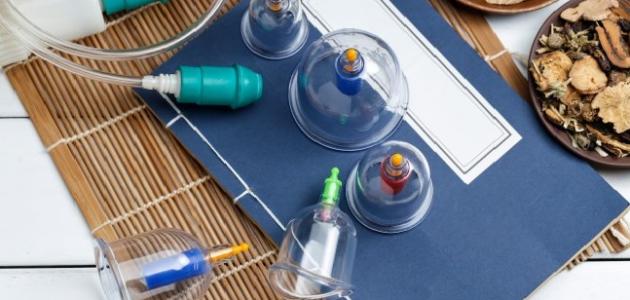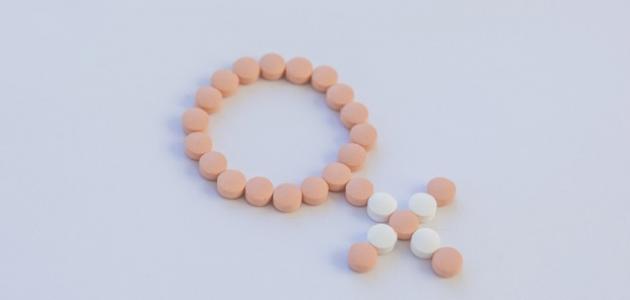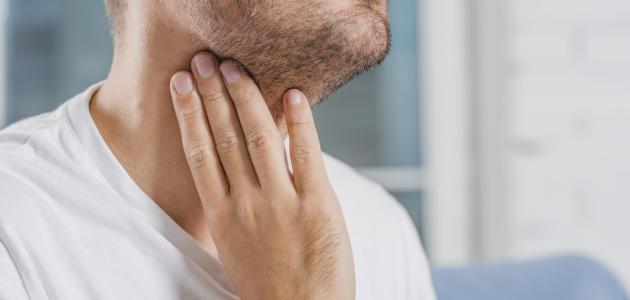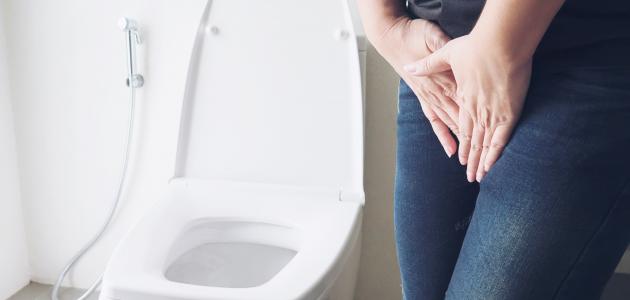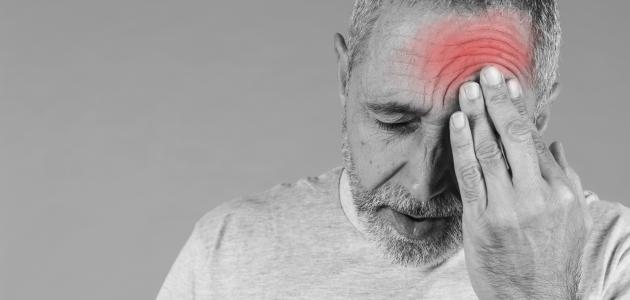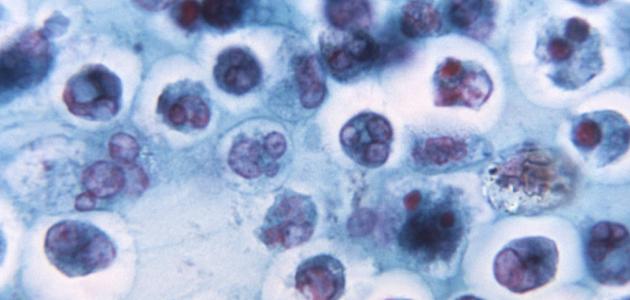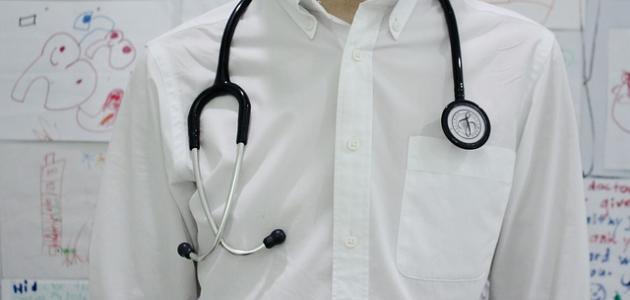cupping
Cupping therapy has been known for thousands of years, and it originally dates back to Egypt, China, and the Middle East, and it has been noted that the number of international celebrities and athletes who have experienced cupping has increased over the past years, and in fact the ancient Chinese believed that cupping therapy helps to facilitate The flow of what is known as life force or “chi” within its paths, in addition to increasing the body’s resistance to disease causes, reducing pain, enhancing blood circulation, relieving muscle tension, and forming new tissues and blood vessels. The principle of cupping therapy is based on the use of cups made of bamboo or ceramic. , or glass, and heated from the inside using alcohol, or a herb, or paper, then the heating source is removed, and the cups are placed upside down in specific locations on the skin, so that after that, suction is generated in a vacuum when these cups cool from the inside,
It should be noted that the mechanism of medical cupping in the treatment of many health problems and diseases is still not fully and accurately clear, and there remains a need for more scientific studies of good quality to confirm the effectiveness of cupping in the treatment of diseases.
Cupping conditions for women
Cupping is one of the therapeutic methods used, according to its promoters, in some cases related to women, the most important of which are; Infertility problems, irregular menstruation, cervical cancer, and leukorrhea (in English: Leukorrhea), and leukorrhea represents normal vaginal secretions in women, which are often thick and sticky and tend to be white or yellow in color, but they do not cause itching, pain, or burning in the vagina, in addition to many other problems such as; Headache, digestive disorders, back pain, and varicose veins. Cupping also helps, as some promoters say, to lose weight, remove cellulite, rejuvenate the face, and remove wrinkles. However, it should be noted that there are some conditions that must be paid attention to before performing cupping for women; As it is not recommended to use cupping for pregnant women, or women who are in the menstrual period.
Read also:Causes of hand tremorThere are a set of general conditions for cupping, which apply to women and men as well. Where it is not recommended to perform cupping for those who suffer from muscle spasms, bone fractures, or a type of cancer that spreads and spreads within the body, or who suffers from easy bleeding, or high fever that is accompanied by cramps, or excessive obesity, or severe weight loss, Or those who suffer from failure in one of the internal organs, or accumulation of fluids in the body, or blood disorders, or some heart diseases, or who take anticoagulant drugs, as well as children and the elderly, in addition to that it is not recommended to place cupping cups on areas Skin containing major arteries, veins, lymph nodes, or any body opening, or areas that have been irritated, inflamed, burned, cut, sore, or traumatized in the past short period.
Types of cupping
There are several types of cupping, namely; Dry cupping, which is represented by placing cups on painful points within the energy paths, and leaving them in their locations for a period ranging between 5-20 minutes, depending on the patient’s condition. A little blood and the removal of toxins from the body, and there is sliding cupping, which is done by putting massage oil on the skin before placing the cups, which allows it to slide on the skin easily, and currently pneumatic cupping has been developed, which uses a suction pump to remove air from the cups instead of heat.
Read also:What are the symptoms of internal bleeding in the headDuration of cupping therapy
Cupping therapy is generally considered safe. As the side effects resulting from cupping are limited, and are usually represented by the appearance of bruise-like marks at the site of placing cupping cups on the skin, as a result of drawing blood towards the upper layers of the skin close to the cup and the cracking of some blood vessels under the skin, which soon disappear in a few days or weeks. The number of cupping sessions that an individual needs varies based on his medical evaluation. Some need 1-3 sessions, so that one session takes 60-75 minutes or less than that, including the initial consultation, while others may need more sessions, especially from He suffers from chronic diseases, and it should be noted that cupping plays an important role in preventing diseases, as well as treating many cases.
General tips about cupping
There is a set of general tips about cupping that apply to both sexes alike, the most important of which are the following tips:
- Take a shower two or three hours before the cupping procedure, wear comfortable clothes, and avoid taking a shower immediately before the treatment.
- Stop eating and drinking for at least three hours before performing cupping, because eating stimulates blood circulation in the digestive system with the aim of transporting nutrients between different parts of the body.
- Avoid consuming red meat and all milk products for 24 hours after the cupping procedure. It is also preferable to avoid chicken as much as possible or eat small amounts of it, while fish, eggs, fruits and vegetables can be eaten.
- Drink plenty of water to help the body get rid of toxins and unwanted substances, and keep the body hydrated.
- Try to avoid all forms of tobacco-containing products, if possible, for 24 hours after cupping.
- Avoid exercising and sexual intercourse for 48 hours after cupping.
- Avoid washing the area on which cupping was performed for a period of 24 hours to reduce the possibility of skin infection, with the need to avoid using shower products and soap on these areas.
- Avoid drinks containing caffeine and soft drinks for 24 hours after the cupping procedure, while green tea can be drunk.
